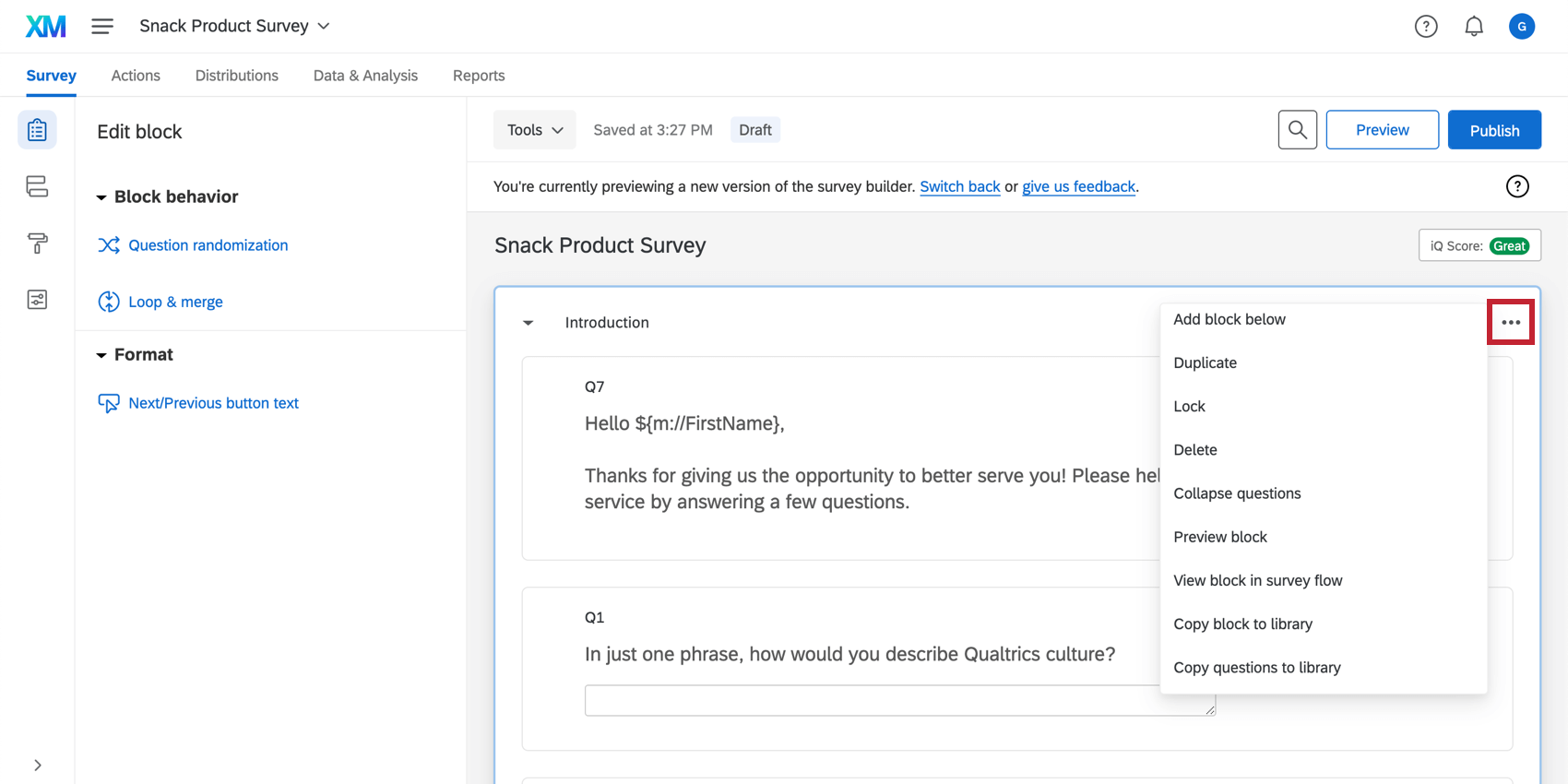
Phase 1: Data capture via OCRĪ single enterprise agreement might contain hundreds of forms. COSMIC architecture and process and where RPA fits in. RPA automates the subsequent data entry process for legacy systems.įigure 1.A business rules engine automates the manual validation of data extracted in the previous phase.Optimal character recognition (OCR) automates manual data entry and extraction.


Gatekeepers add incoming work to the appropriate queue, depending on the case type.Revenue processing at MicrosoftīPO agents each perform one of several specialized tasks in the case management workflow: This paper will explore the benefits of RPA, how it works, and why it matters. A new feature of Power Automate, RPA fills in the gap, enabling automated revenue processing operations and bringing the efficiency, compliance, and cost savings of automation to legacy platforms. To accomplish the same automation for legacy systems, Microsoft Digital used robotic process automation (RPA). The technical landscape that BPOs rely on consists of a mixture of modern and legacy apps, and COSMIC is compatible only with modern platforms. However, COSMIC only addressed a portion of the overall workload.

In addition, the use of Microsoft Cognitive Services and AI technologies increase the platform’s efficiency, lower the risk of human error, and ensure 100 percent process adherence. That platform- Customer Obsessed Solution Management and Incident Care, or COSMIC-is built on Microsoft Dynamics 365, Microsoft Power Platform, and Microsoft Azure. Historically, BPOs have performed the entirety of that mission-critical work manually, until Microsoft Digital built an end-to-end automated case management platform to lighten the load of manually scanning papers, filling forms, validating data, and verifying accuracy. Roughly 4,000 business process outsourcing (BPO) agents positioned at various regional operation centers (ROCs) throughout the world manage the contracts and transactions that keep those operations moving. Revenue processing at Microsoft spans 14 business units, 257 regions and territories, 18 million emails, 2.5 million transactions, and more than $100 billion per year in revenue.


 0 kommentar(er)
0 kommentar(er)
